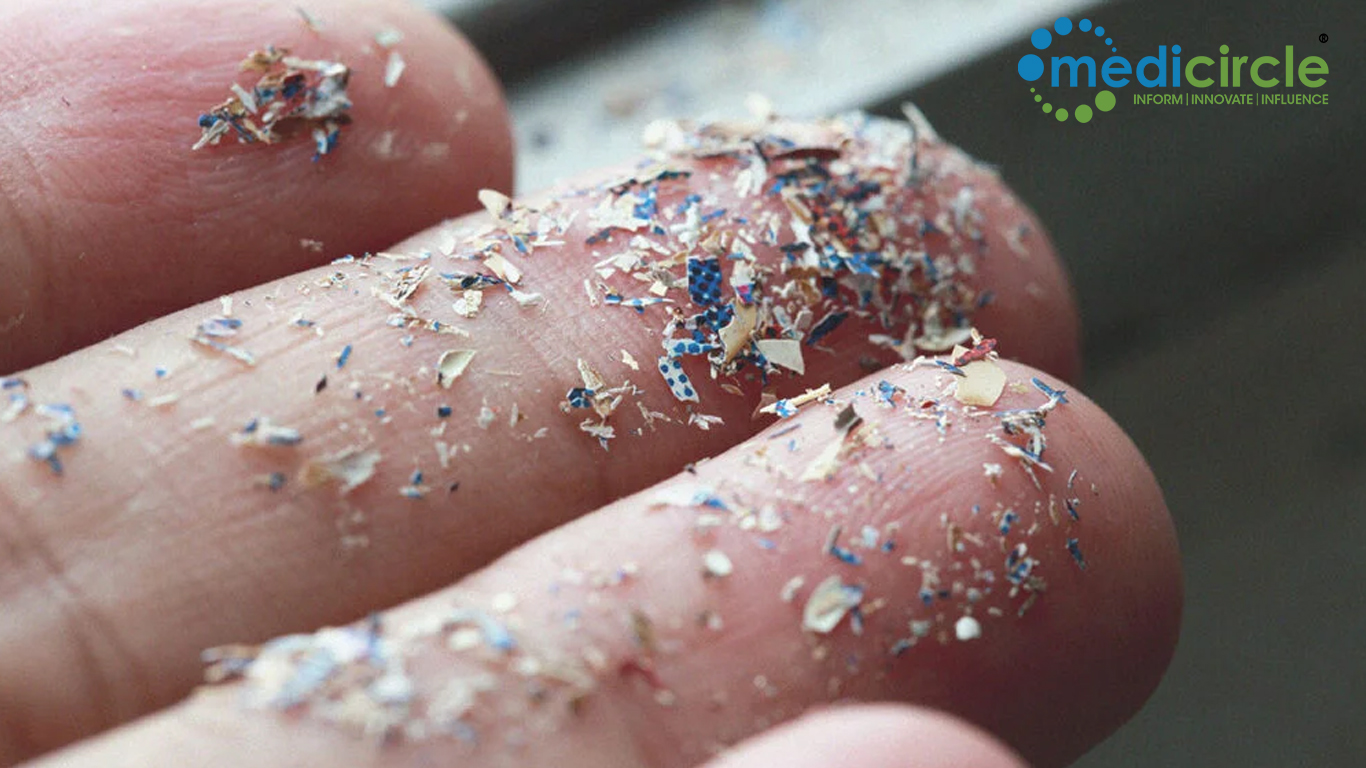Microplastics are tiny plastic particles less than 5 millimeters in size. They are found everywhere, from oceans to soil, and even in the air we breathe. These particles come from a variety of sources, including the breakdown of larger plastic items and the shedding of synthetic fibers from clothing. Recently, scientists have discovered that microplastics can also enter the human body and pose potential health risks.
A shocking study published in the journal Environment International has revealed the presence of microplastic polymers in human blood. This research, funded by Cancer Research UK, used a sophisticated technique called micro-Fourier Transform Infrared (μFTIR) microscopy to analyse blood samples. The study aimed to identify the types, sizes, and shapes of microplastics in the bloodstream and understand their potential health implications.
The study analysed blood samples from 20 healthy individuals. It found microplastic polymers in 90% of the participants. A total of 24 different polymer types were identified, with five types—polyethylene (PE), ethylene propylene diene monomer (EPDM), ethylene–vinyl acetate/ethylene vinyl alcohol (EVA/EVOH), polyamide (PA), and ethylene–vinyl acetate (EVA)—detected above the lowest detectable concentration threshold in 40% of the participants.
Polyethylene (PE) was the most frequently detected polymer, followed by EVA/EVOH, EPDM, PA, and EVA. The highest concentrations of these polymers in a single blood sample were 4.65 μg/mL for PE, 1.84 μg/mL for EVA/EVOH, 2.22 μg/mL for EPDM, 1.84 μg/mL for PA, and 0.61 μg/mL for EVA.
Microplastics can cause inflammation and oxidative stress in the body. Inflammation is a response to injury or infection, while oxidative stress occurs when there is an imbalance between free radicals and antioxidants. Both conditions can lead to tissue damage and play a role in various diseases.
Exposure to microplastics like polyethylene has been linked to genetic instability. This means that microplastics can cause changes in DNA, potentially leading to mutations and increasing the risk of cancer and other genetic disorders.
The study highlights concerns over the potential for microplastics to cause cardiovascular complications. Microplastics can enter small blood capillaries due to their size and shape. Their presence can impair blood flow and alter local oxygen levels, affecting cell metabolism and function. This can lead to the formation of blood clots and other cardiovascular issues.
Microplastics can also disrupt the body’s barriers, leading to reproductive and developmental problems, endocrine disorders, and complications in the kidneys and liver. Their interaction with blood proteins can prevent the immune system from recognizing and removing them, prolonging their presence and potential harm in the body.
The study also identified several additive chemicals in the microplastic polymers found in blood samples. These chemicals, such as phthalates and tri (n-octyl, n-decyl) trimellitate, can have toxic effects on human health. Phthalates, for example, are known endocrine disruptors, which means they can interfere with hormone function and lead to reproductive and developmental issues.
Microplastics can enter the bloodstream primarily through inhalation and ingestion. They can be inhaled from the air or ingested through food and water. Common sources of these particles include packaging materials, plastic bottles, synthetic clothing, and household items.
The presence of microplastics in human blood raises significant public health concerns. Given the potential health risks, it is crucial to understand how these particles affect the body and develop strategies to reduce exposure.
The findings from this study highlight the need for further research to explore the toxic effects of microplastics on human health. Scientists must investigate the long-term impacts of microplastic exposure and identify which polymers pose the greatest risks. Additionally, developing methods to detect and measure microplastics in the body will be essential for monitoring and mitigating their health effects.
The discovery of microplastics in human blood is a wake-up call for both scientists and the public. While the full extent of the health risks associated with these particles is still unknown, the preliminary findings suggest that microplastics can have serious implications for human health. By understanding the sources and impacts of microplastics, we can take steps to reduce exposure and protect public health.

 By understanding the sources and impacts of microplastics, we can take steps to reduce exposure and protect public health.
By understanding the sources and impacts of microplastics, we can take steps to reduce exposure and protect public health.






.jpeg)
.jpeg)





.jpeg)






.jpeg)




.jpeg)








